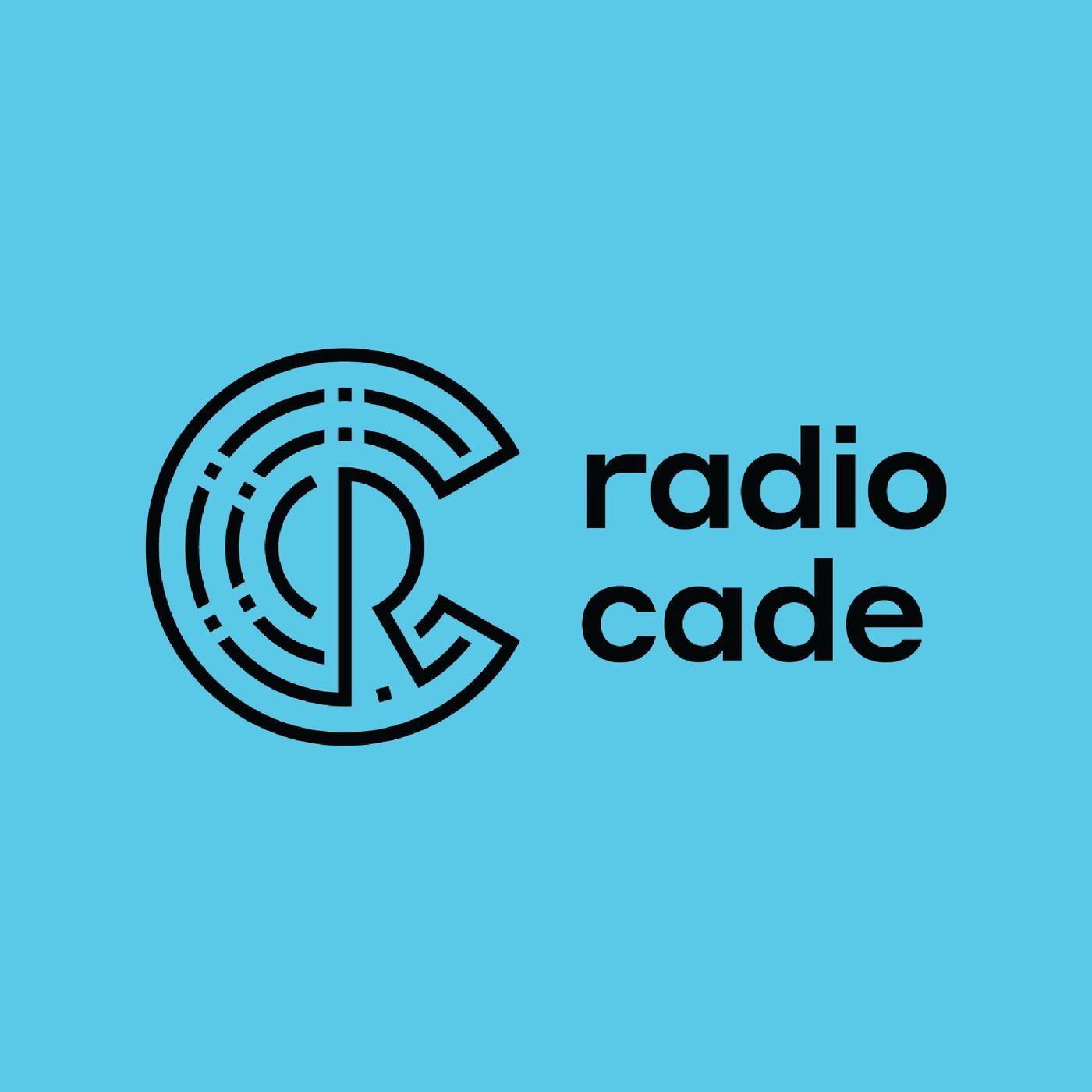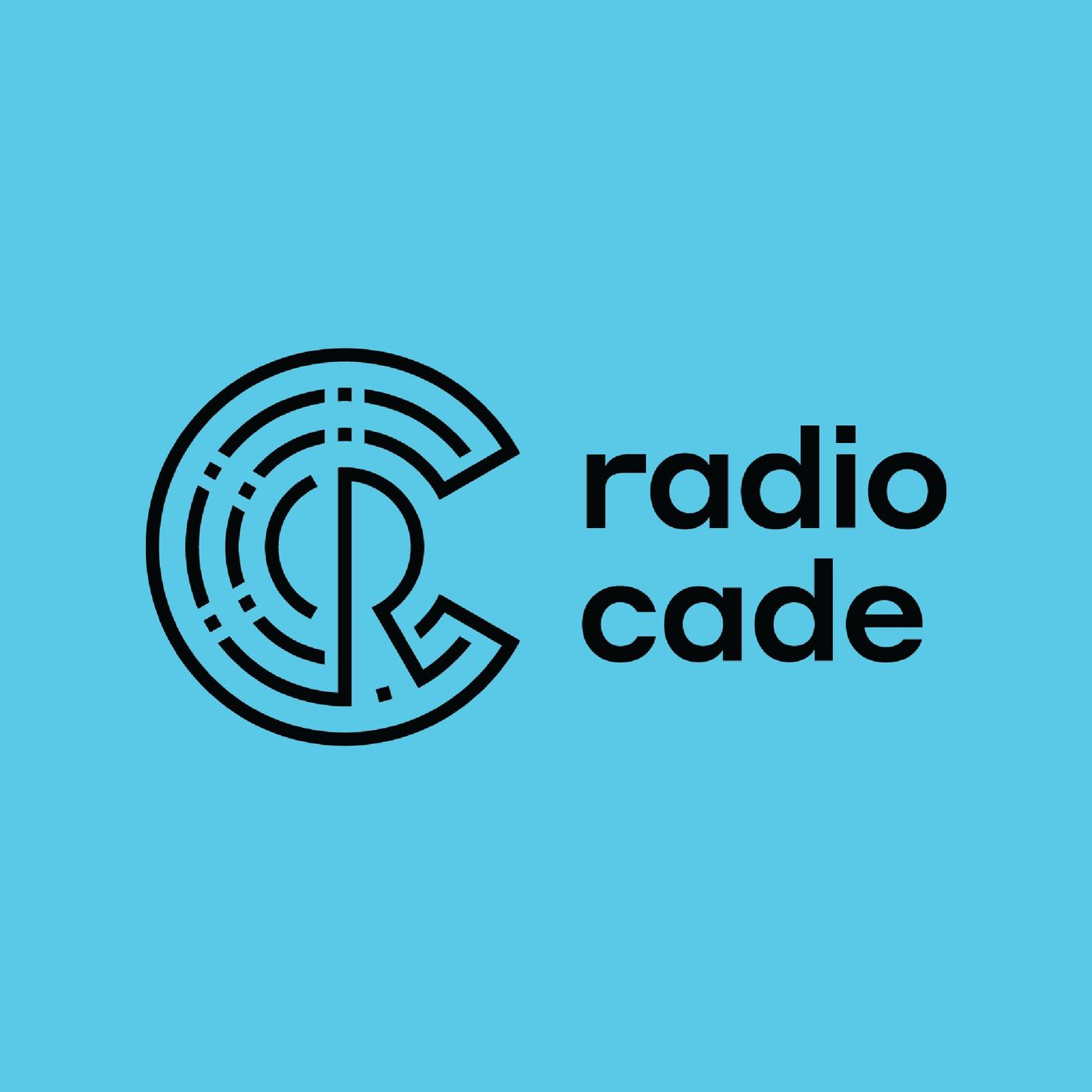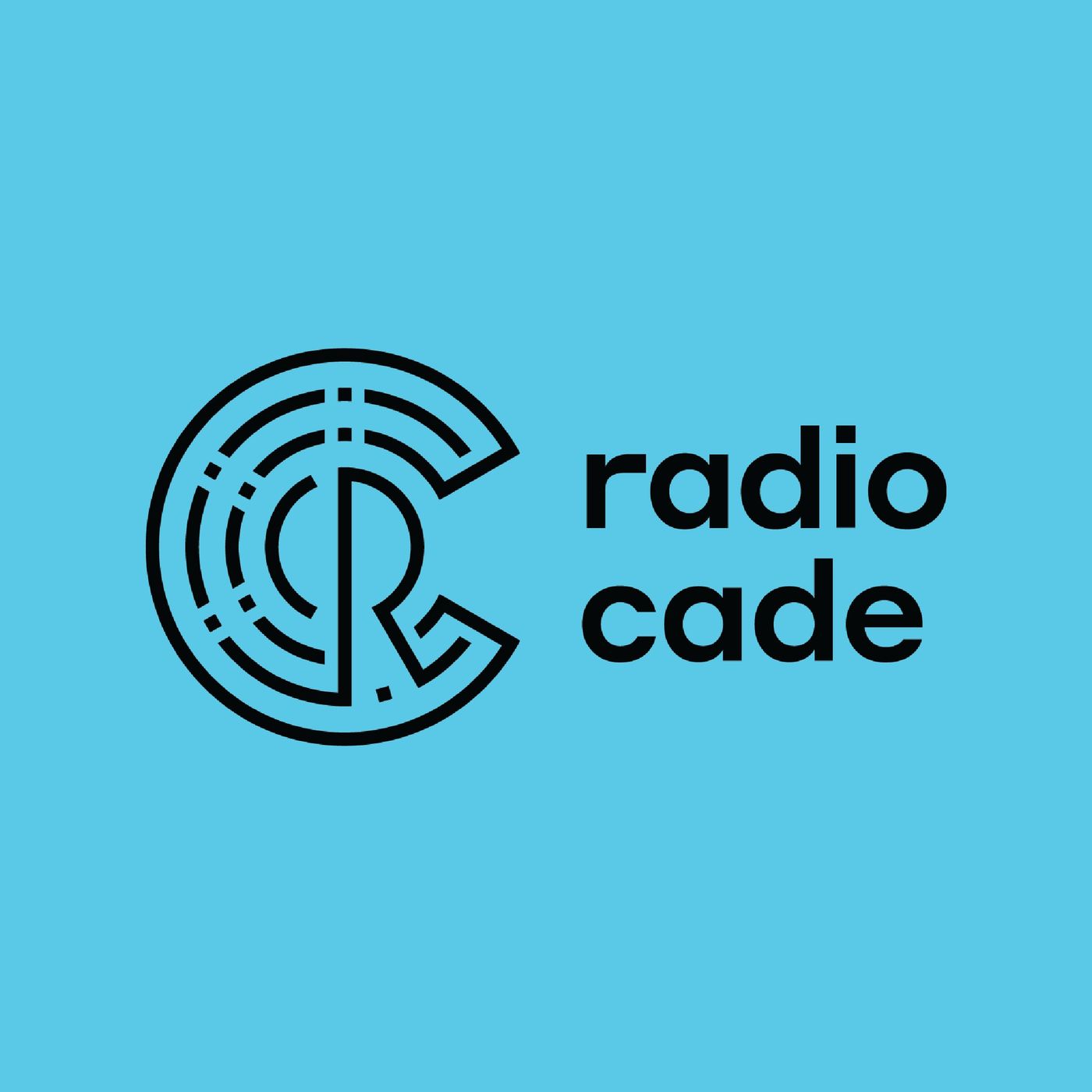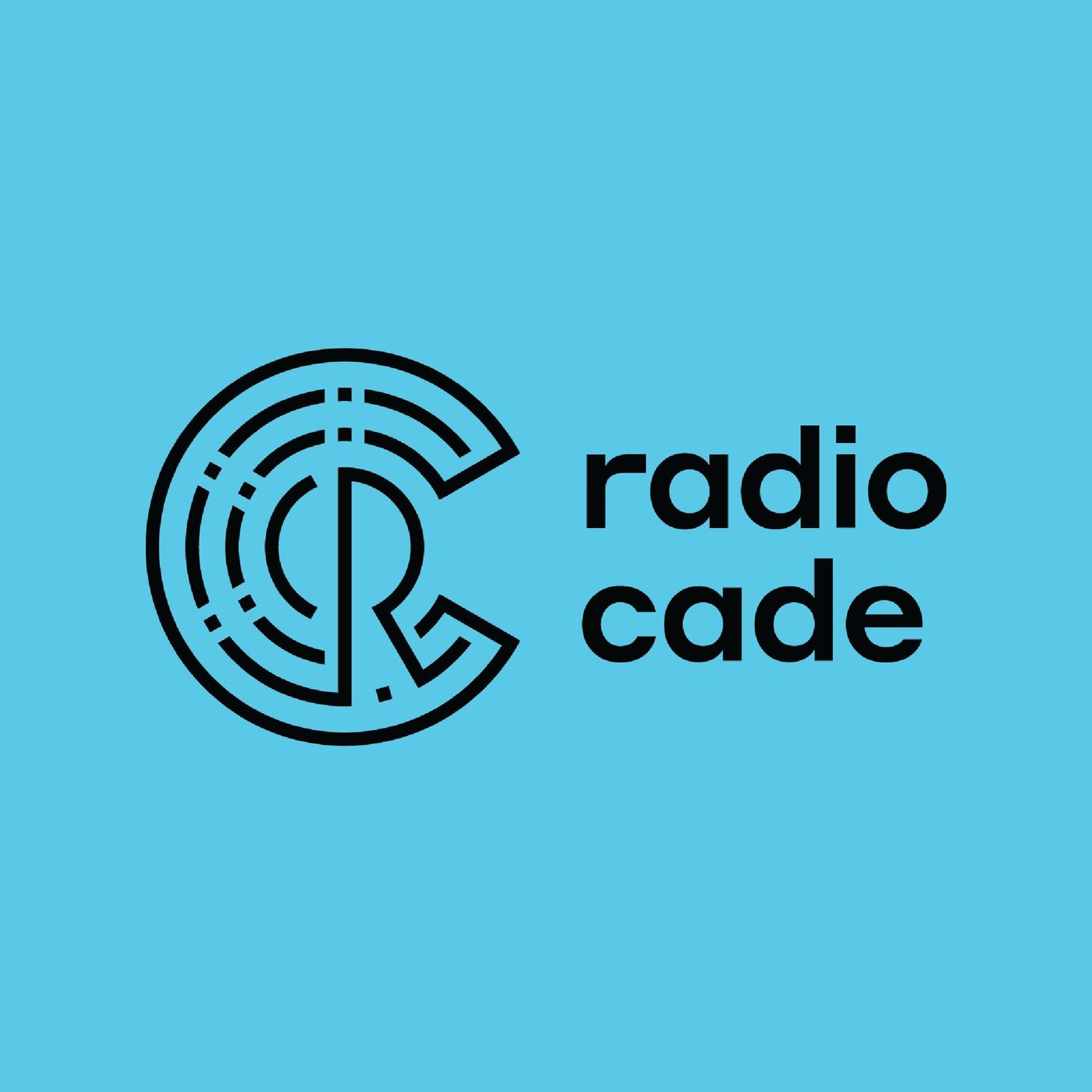Show Notes
Traumatic brain injury (TBI) is hard to detect, and is sometimes called the “invisible injury.” Nancy Denslow, a scientist at the McKnight brain institute and cofounder of Banyan Biomarkers has developed a blood based test that will make TBI detection and treatment easier and faster Daughter of diplomat, was born and raised overseas in Mexico and Ecuador, and Turkey. “Petrified by Science” growing up her interest was changed by a great high school.
TRANSCRIPT:
Intro: 0:20
Inventors and their inventions. Welcome to Radio Cade, the podcast from the Cade Museum for Creativity and Invention in Gainesville, Florida. The museum is named after James Robert Cade who invented Gatorade in 1965. My name is Richard Miles. We’ll introduce you to inventors and the things that motivate them. We’ll learn about their personal stories, how their inventions work, and how their ideas get from the laboratory to the marketplace.
Richard Miles: 0:38
This morning we have Dr. Nancy Denslow from Banyan Biomarkers. Welcome, Nancy.
Dr. Nancy Denslow: 0:43
Thank you. Glad to be here.
Richard Miles: 0:44
Nancy, tell us a little bit about yourself before we jump into asking you about the technology and its application. Just sort of where were you born? Were you raised to… How did you end up at the University of Florida?
Dr. Nancy Denslow: 0:59
Well, my dad was a diplomat, so I was actually born in Mexico City while he was stationed there and I lived there six years and then after that I lived in Quito, Ecuador for six years and then in Istanbul, Turkey for three years. So I was a junior in high school before I came back to live in the United States. And from there I graduated from high school in Virginia, northern Virginia, and then went to college at Mary Washington College in Fredericksburg, Virginia, which at the time was an all girls school and majored in chemistry.
Richard Miles: 1:33
What made you decide to go into chemistry? Was this something from a little girl that you’re interested in or was it a good high school teacher? What formed that decision?
Dr. Nancy Denslow: 1:43
Actually, I was petrified of science while I was growing up, but then I had an excellent teacher in high school and that’s what turned my mind about it. And so that just goes to show what good teachers could do.
Richard Miles: 1:55
So your undergraduate was in chemistry, is that correct?
Dr. Nancy Denslow: 1:57
That’s right.
Richard Miles: 1:58
Okay. And then your graduate work, you continued in chemistry and biology, is that correct?
Dr. Nancy Denslow: 2:03
No. So the last year in chemistry. I had a course in biochemistry and I thought it was just really interesting. So I continued biochemistry and molecular biology.
Richard Miles: 2:15
Got It. Okay. So let’s talk about the technology here that the thing that you invented, the company is called Banyan Biomarkers. Tell us a little bit what are biomarkers, but tell it to me as if I were a six year old who doesn’t know anything about anything and it’s not that hard for me to pretend, but really tell us how the technology works and what it does.
Dr. Nancy Denslow: 2:41
Okay, so a biomarker is another method or is a method to identify an illness, let’s say. So in the case of traumatic brain injury, which is what our technology is about, we’ve identified proteins that actually make it into the bloodstream and these proteins can be detected by a specific assay that we’ve developed so that you can determine the extent of the brain damage by these biomarkers by measuring the proteins in the blood. So basically the technology is based on determining that these proteins are in the blood and we have antibodies that we’ve identified that are very specific to these proteins and so it’s a blood test and based on blood tests you could tell that a person has had traumatic brain injury.
Richard Miles: 3:32
So for example, a football player, a soccer player, whatever, someone involved in an accident, they just come in. They give a regular blood tests for anything else or a donation of blood and then you can run this through an assay and figure out if there are biomarkers. Is that correct?
Dr. Nancy Denslow: 3:50
Right. So if we take a blood sample and then you would run it through the assay and it would tell you the extent of the damage and that there has been traumatic brain injury. So it’s a way that perhaps one can avoid going for an MRI which has a lot more expensive and has radiation associated with it and so instead you would get a value that says, “Well maybe you should stay in the hospital for more observation” or “No, you know, it’s not really too bad. You could go home.”
Richard Miles: 4:20
So is an MRI, is that the existing best technology or the most frequent one to identify traumatic brain injury?
Dr. Nancy Denslow: 4:27
It is.
Richard Miles: 4:28
Okay. So this sounds like it would be a lot easier and a lot cheaper. Is that really the main benefit of the biomarkers?
Dr. Nancy Denslow: 4:38
Well, I think it’s a lot cheaper and easier as you’ve mentioned, but also there’s a potential that you may be able to attract the recovery from the traumatic brain injury.
Richard Miles: 4:49
I see.
Dr. Nancy Denslow: 4:50
No, we haven’t tested that totally, but it seems like it might be able to track recovery.
Richard Miles: 4:56
So in theory then or maybe in practice just somebody comes in multiple times over a given time period and it’s just much easier to see what’s going on.
Dr. Nancy Denslow: 5:05
Yes.
Richard Miles: 5:05
Okay.
Dr. Nancy Denslow: 5:05
So a person could maybe be in the emergency room and it could take a blood test over several hours and maybe you could get an idea of how stable that is or how stable the person is and whether they could go home.
Richard Miles: 5:19
So right now the application that you have hit upon is traumatic brain injury, does a biomarker… Or do they have the capacity to track other types of pathologies or illnesses?
Dr. Nancy Denslow: 5:31
Well, so we’re looking into that now.
Richard Miles: 5:33
Okay.
Dr. Nancy Denslow: 5:33
We haven’t established that yet.
Richard Miles: 5:35
Right.
Dr. Nancy Denslow: 5:35
But there’s potential.
Richard Miles: 5:37
Nancy, tell us what was sort of the process. Was there an “Aha” moment or was it sort of a series of insights that got you to develop the biomarker?
Dr. Nancy Denslow: 5:47
Well, actually this is a collaboration between three of us. Dr. Ron Hayes and Dr. Kevin Wang and myself. So Dr. Ron Hayes and Dr. Kevin Wang are neurobiologists that has been studying, traumatic brain injury for quite a while and my part was the proteomics part where it’s sort of a new science where you can study all of the proteins in a particular incidents and so we came together to figure out what was going on with traumatic brain injury and had the insight to look for these particular biomarkers in the blood. It was our idea that, well, if they were in the brain, they would probably get through the blood brain barrier and appear in the blood and if we could just attack them in the blood, then we would have a really good assay that could be beneficial to a lot of people.
Richard Miles: 6:38
So was there one particular moment in which you realized, “We’ve got it. This is it. We’ve done it” or kind of just a slow dawning of…
Dr. Nancy Denslow: 6:47
You know, we first could detect this, of course not in people, but in rats we could detect it and in the brain and the CNS fluids and so on, but it was thinking about whether they could be found also in the blood that spurred us to continue to try to develop this into develop antibodies that would be able to detect very minute amounts of the protein in the blood. So it was just a series of steps that got us to the point where we are now.
Richard Miles: 7:15
After you came through or developed the breakthrough, you formed the company, Banyan Biomarkers. Tell me a little bit about that. What is the market that you’re looking at? Who is going to be the primary customer of this technology?
Dr. Nancy Denslow: 7:31
So I think there’d be a lot of people that might be interested in this technology. For example, the military would be one for sure because they have a lot of people out where they could get hurt and with blasts and so on. And so they have really spurred us to develop the technology because they thought it would be very useful for the military. And then of course football players and other people of that sort or people who are in car accidents that might’ve had some kind of a traumatic brain injury. Or people just falling downstairs. So I think that there’s quite a bit of a market for this.
Richard Miles: 8:06
So I’m assuming that there’s a real clinical advantage to having the ability to do this more quickly. So first of all, is it more rapid than an MRI? I’m assuming that it’s just a lot easier and faster to go in and get the blood, do the assay and come to your conclusion rather than an MRI, is that correct?
Dr. Nancy Denslow: 8:25
That’s true. And right now we’re looking at various different partners that have platforms and hospitals and emergency rooms where they could put these antibodies on their platforms where everybody’s used to using those particular instruments already. And get a very quick readout. Right now, the assay is probably about an hour or so, but it’s possible that with different platforms that we could even shorten the time.
Richard Miles: 8:52
So yeah, I could see like in a battlefield or someplace where you obviously don’t have access to an MRI, you could get a pretty good reliable result to very, very fast.
Dr. Nancy Denslow: 9:02
We want to develop a point of care instrument that wouldn’t even have to be in an emergency room or anything like that, that could be out with the medics in the battlefield.
Richard Miles: 9:11
Wow. Amazing.
Dr. Nancy Denslow: 9:12
We’re not there yet.
Richard Miles: 9:13
Not there yet. So tell me a little bit about the progress of the company. What would you say has been your biggest success to date and then if you want to share maybe your biggest setback to date in developing the technology.
Dr. Nancy Denslow: 9:28
Well, I think the biggest success was we went into partnership with some new people that are based in California. And in fact our CEO is in California right now. And the people in the company that have developed the assay as it stands now are totally amazing. So they were very particular and very specific about meeting quality standards and making sure that the assay was sensitive and not overselling the assay as to what it could do and just being really very specific about what the assay could do. And then we ran a clinical trial with 2000 different blood samples. Some were controls and some were traumatic brain injured people and the samples were then sent to two different laboratories to run the tests. So the company didn’t run the tests themselves but sent the assays out to two independent laboratories to run the assays. And then they came back with just fantastic results. And so this is what we took to the FDA and this is what the FDA approved. So I think that that was just amazing to me how well that worked in terms of setbacks. You know, you think in antibodies working really well as you’re developing it and then you find that it’s not quite what you need. So you have to go back and you have to make a new one. So there were always two steps forward, one step back. It’s not that you could just go in and have the idea and do it. You just have to have the hard work that goes with it.
Richard Miles: 10:56
So final question, somewhat similar. What has been your biggest surprise in all this as you develop the technology? Did you have people that you thought would love it and didn’t? Or vice versa? Did you, did you find people who were really interested in technology that you hadn’t thought about?
Dr. Nancy Denslow: 11:10
Well, I think that as we’re developing this technology, people are becoming more used to a traumatic brain injury and football and what that might cause longterm problems to football players that there’s just been this whole interest in the whole country about doing something about traumatic brain injury. And here we were doing it. So that was just amazing how well that’s worked out.
Richard Miles: 11:36
Nancy, thank you very much for being with us this morning.
Outro: 11:39
Radio Cade would like to thank the following people for their help and support. Liz Gist of the Cade Museum for coordinating and inventor interviews. Bob McPeak of Heartwood Soundstage in downtown Gainesville, Florida for recording, editing and production of the podcasts and music theme. Tracy Collins for the composition and performance of the Radio Cade theme song featuring violinist Jacob Lawson. And special thanks to the Cade Museum for Creativity and Invention located in Gainesville, Florida.



